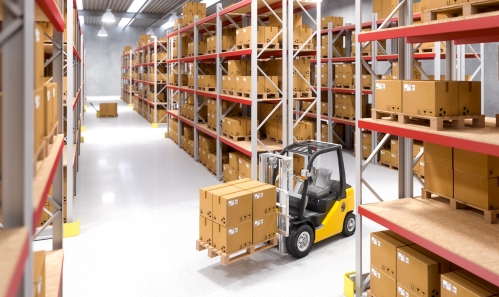Assembly Line Management System
Assembly Line Management Overview
Assembly line management involves organizing tasks, assigning responsibilities, and synchronizing operations to ensure smooth production flow. Each step in the manufacturing process is carefully coordinated to minimize delays and maximize efficiency.
Efficient allocation of manpower, machinery, and materials is critical for optimizing assembly line performance. Balancing workloads and ensuring adequate resources are available at each stage of production helps prevent bottlenecks and downtime.
Maintaining optimal inventory levels is essential to keep production running smoothly. Assembly line managers must coordinate with procurement teams to ensure a timely supply of components while minimizing excess inventory and stockouts.
Quality control measures are implemented at every stage of the assembly line to detect and rectify defects promptly. Inspections, testing, and feedback mechanisms help maintain product quality and prevent issues from escalating.
The system offers endless features, including:
Optimizing workflows and resource allocation leads to increased output per unit of time.
Streamlined processes and rigorous quality checks minimize defects and ensure consistent product quality.
Efficient resource utilization reduces waste and lowers production costs.
Streamlined workflows and minimized bottlenecks result in faster turnaround times for products.
Effective management of manpower, machinery, and materials maximizes utilization and minimizes idle time.
Access to real-time performance data enables informed decisions and timely interventions.
Regular monitoring and analysis facilitate ongoing optimization of processes and performance.

Three Key Components for Effortless Advancement
Real-Time Asset Tracking and Management
RFID technology enables real-time tracking and management of components, parts, and products as they move along the assembly line. Each item can be equipped with an RFID tag containing unique identification information, allowing assembly line managers to monitor the location, status, and movement of assets throughout the production process.
Process Automation and Error Reduction
RFID technology streamlines assembly line operations by automating manual tasks and minimizing human error. RFID-enabled systems can automatically identify and verify components or parts as they are assembled, ensuring that the correct items are used in the right sequence.


Enhanced Traceability and Quality Control
RFID technology provides comprehensive traceability and quality control capabilities throughout the assembly process. Each RFID tag serves as a digital record of the item’s manufacturing history, including production dates, assembly steps, and testing results.
It takes 3 step to automate the problems

Step 1

Step 2

Step 3
Case Studies

Retail Shop
Increase inventory accuracy, boost process efficiencies and reduce out-of-stocks with item-level tagging. Poxo(Poxo RFID Automation) for retailers can provide full inventory visibility from warehouse to individual retail outlets. In addition, stock taking which typically require a few days can be done within minutes with mobile RFID devices.

Warehouse
Improve efficiency and accuracy throughout your entire warehouse operation with RFID Fixed Gantry for automated inventory update. Streamline receiving, put-away, picking and shipping operations with greatly simplified tracking process by taking only a fraction of the time it would otherwise have taken to count and monitor the items manually with Poxo(Poxo RFID Automation).

Racking & Forklifts
Automatically verifying pallet identification and rack/door location to avoid mis-shipments or erroneous placements, Poxo(Poxo RFID Automation) for forklift’s customization can provide pinpoint load location, assign dynamic routing, monitor load time, reduce empty moves, and improve the overall productivity and utilization of your forklift fleet.

